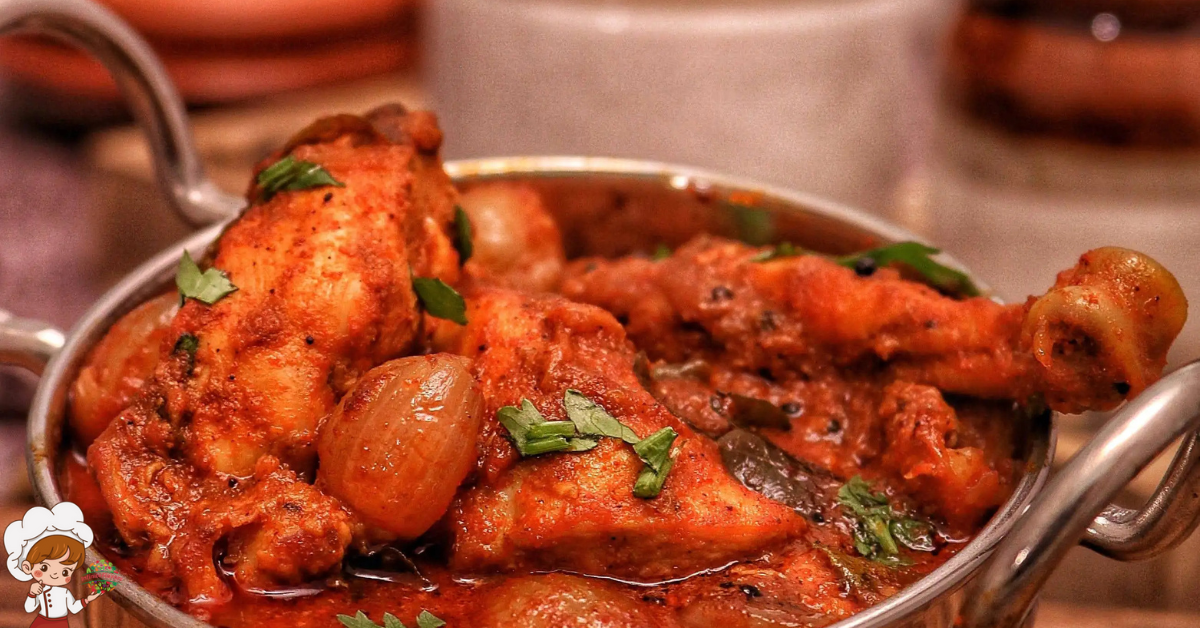The Best Egyptian Koshari Unveiled

Egyptian Koshari ; Embark on a gastronomic journey through the vibrant streets of Egypt as we explore the captivating history and origin of Koshari. This beloved dish, a harmonious blend of rice, pasta, lentils, and tomato sauce, is not merely a meal; it’s a cultural tapestry that weaves together the diverse influences of Egypt’s culinary heritage.
Egyptian Koshari Humble Beginnings in the Cradle of Civilization
The tale of Koshari begins in the heart of ancient Egypt, a land blessed by the fertile banks of the Nile River. In this cradle of civilization, where agriculture flourished, Egyptians cultivated grains and legumes that would eventually find their way into the iconic dish we know today.
The Agricultural Tapestry:
Picture the sprawling fields along the Nile, where Egyptians meticulously cultivated the grains that would become the foundation of Koshari. Wheat and rice, staples of the Egyptian diet, were sown and harvested, creating an agricultural tapestry that formed the essence of this beloved dish.
Legumes and Lentils:
In the shadow of the mighty pyramids, Egyptians also grew an array of legumes, including lentils. These nutrient-rich pulses, with their earthy flavor and hearty texture, found their way into the culinary repertoire of the ancient Egyptians, setting the stage for the development of Koshari.
Culinary Alchemy of Ancient Spices:
Ancient Egyptian kitchens were buzzing with the aromas of exotic spices and herbs. Imagine the bustling marketplaces where traders exchanged goods along the spice routes. The vibrant flavors of cumin, coriander, and garlic were introduced to the Egyptian palate, contributing to the distinctive taste of Koshari.
The Legacy of Simplicity:
In its early days, Koshari was likely a simple yet wholesome dish, born out of necessity and resourcefulness. Grains and legumes, combined with the bold flavors of native spices, created a dish that sustained the people of ancient Egypt, transcending time to become a culinary legacy.
As we delve into the origins of Koshari in ancient Egypt, we unearth the roots of a dish that has withstood the test of time, carrying with it the flavors and traditions of a civilization that laid the groundwork for modern Egyptian cuisine.
Egyptian Koshari as a Culinary Chronicle of Egyptian Heritage
Beyond its flavorful ingredients and ancient roots, Koshari holds a profound cultural significance in the tapestry of Egyptian heritage. This culinary creation has transcended generations, serving as a symbol of resilience, resourcefulness, and the unity of diverse elements.
Symbol of Unity:
Egyptian Koshari , with its diverse mix of grains, legumes, and pasta, reflects the unity of different culinary elements. In Egypt, a country where people from various regions and backgrounds coexist, Koshari symbolizes the strength found in diversity. It brings together ingredients that, on their own, tell stories of different regions and communities.
Communal Traditions:
Picture the lively streets and bustling markets of Egypt, where vendors skillfully assemble Koshari in large pots, creating an enticing aroma that draws locals and visitors alike. This dish is not just a meal; it’s a communal experience. Families, friends, and strangers alike come together over a shared love for Koshari, fostering a sense of community and togetherness.
Festivals and Celebrations:
In Egypt, Koshari often takes center stage during festivals and celebrations. Whether it’s a joyous family gathering or a national event, this dish becomes a symbol of abundance and festivity. Its presence on the table signifies a shared cultural identity and a nod to the rich history that binds the Egyptian people.
Adaptations and Innovations:
As time has progressed, Koshari has evolved while maintaining its cultural core. Chefs and home cooks alike have embraced innovation, adding personal twists and modern interpretations to the traditional recipe. This adaptability reflects the dynamism of Egyptian culture, where traditions seamlessly merge with contemporary influences.
Influence on Modern Egyptian Cuisine:
Egyptian Koshari’s cultural significance extends beyond its role as a beloved dish; it has influenced the broader landscape of Egyptian cuisine. The flavors and techniques associated with Koshari have inspired chefs to experiment with new combinations, contributing to the ongoing evolution of culinary traditions in Egypt.
In essence, Egyptian Koshari is not merely a dish; it is a cultural ambassador, carrying the stories, traditions, and flavors of Egypt through time. Its significance resonates not only in the ingredients it combines but also in the communal bonds it forges and the cultural pride it instills in those who savor its timeless taste.
Egyptian Koshari; Evolution through Time:
Witness the evolution of Koshari as it adapted to changing times. From simple street food to a featured dish in festive gatherings, its versatility has made it a symbol of culinary adaptability, resonating with both tradition and modernity.

Egypt: Koshari (Rice, pasta, lentils, and tomato sauce)
Ingredients
- 1 cup short-grain rice
- 1 cup brown lentils
- 1 cup elbow macaroni
- 1 cup dried chickpeas soaked overnight or canned chickpeas
- 1 large onion thinly sliced
- 3 cloves garlic minced
- 1 cup tomato sauce
- 2 tablespoons vegetable oil
- 1 tablespoon cumin powder
- 1 teaspoon ground coriander
- 1 teaspoon ground cinnamon
- Salt and pepper to taste
- Red pepper flakes optional, for extra heat
- Chopped fresh cilantro for garnish
For the Tomato-Vinegar Sauce:
- 1 cup tomato sauce
- 2 tablespoons white vinegar
- 1 tablespoon sugar
- Salt and pepper to taste
Instructions
- Prepare the Lentils:
- Rinse the lentils and place them in a pot with enough water to cover. Cook until tender but not mushy. Drain and set aside.
- Cook the Rice:
- Rinse the rice and cook it according to package instructions. Fluff with a fork and set aside.
- Boil the Pasta:
- Cook the elbow macaroni according to package instructions. Drain and set aside.
- Cook the Chickpeas:
- If using dried chickpeas, boil them until tender. If using canned chickpeas, rinse and drain them.
- Prepare the Tomato Sauce:
- In a pan, heat vegetable oil and sauté the sliced onions until golden brown. Add minced garlic and cook until fragrant.
- Stir in cumin, coriander, cinnamon, salt, and pepper. Add the tomato sauce and simmer for 10-15 minutes.
- Make the Tomato-Vinegar Sauce:
- In a small saucepan, combine tomato sauce, white vinegar, sugar, salt, and pepper. Simmer over low heat until the sauce thickens.
- Assemble the Koshari:
- In serving bowls, layer the cooked rice, lentils, macaroni, and chickpeas.
- Pour the tomato sauce over the layers.
- Drizzle the tomato-vinegar sauce on top.
- Garnish with the caramelized onions and garlic mixture.
- Sprinkle with red pepper flakes for extra heat, if desired.
- Top with fresh cilantro.
- Serve and Enjoy:
- Mix the layers well before serving to ensure every bite is a symphony of flavors.
- Serve the Koshari hot and enjoy the delightful blend of textures and tastes.
Conclusion: Egyptian Koshari
In concluding our exploration of Koshari’s rich history and cultural tapestry, it becomes evident that this dish is more than a culinary creation; it’s a time-traveling storyteller, narrating the saga of Egypt through the ages. As we journeyed through its origins in ancient Egypt, witnessed its evolution, and delved into its cultural significance, Koshari emerged as a symbol of resilience, diversity, and community.
Cultural Resonance:
Beyond being a flavorsome dish, Egyptian Koshari embodies the spirit of unity in diversity. It symbolizes the coming together of varied ingredients, mirroring the harmony found in the diverse communities of Egypt. Its preparation, often a communal affair, fosters bonds and reflects the warmth of Egyptian hospitality.
A Culinary Ambassador:
Koshari’s cultural significance extends beyond the dining table. It has become a culinary ambassador, representing Egypt’s culinary heritage on the global stage. As chefs experiment with innovative interpretations and the dish finds its way onto international menus, Koshari introduces the world to the multifaceted flavors of Egyptian gastronomy.
Adaptability and Evolution:
The dish’s adaptability and evolution showcase its dynamic nature. While rooted in tradition, Koshari embraces change, reflecting the dynamic landscape of modern Egyptian cuisine. Innovations and contemporary twists keep this dish relevant, ensuring its continued presence in the culinary landscape.
Shared Stories, Shared Tables:
Egyptian Koshari’s journey is not confined to history books; it unfolds on the tables of families, friends, and communities. In festivals, celebrations, and everyday meals, Koshari becomes a shared experience, fostering a sense of identity and belonging among those who partake in its delicious legacy.
As we savor the last remnants of our journey through the narrative of Egyptian Koshari, we recognize that this dish is not just a delight for the taste buds but a cultural treasure that bridges the past and the present. It invites us to appreciate the interconnectedness of food, culture, and human stories, showcasing how a simple combination of ingredients can carry the weight of centuries and unite generations in a shared culinary heritage.








